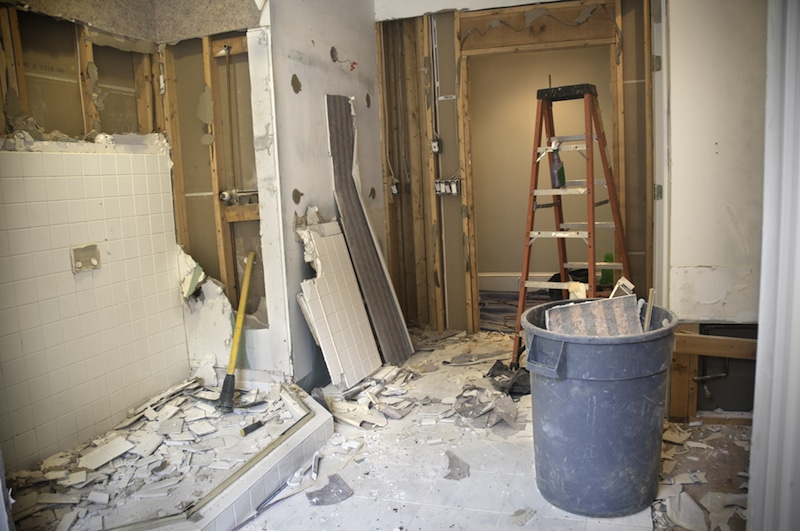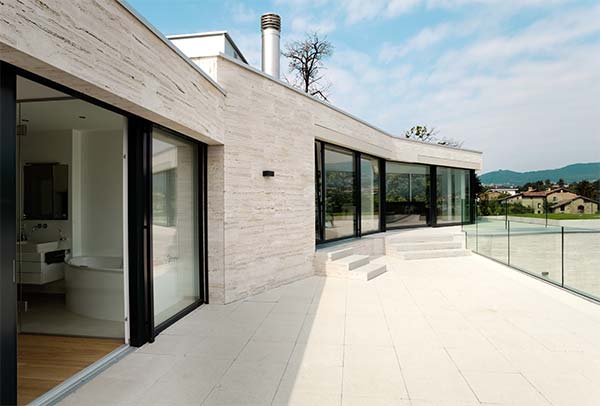
Six Things to Consider Before Removing a Load Bearing Wall
Many homeowners remove interior walls to turn their outdated floor plan into a spacious open floor plan. Before taking the plunge, here are six things to consider:
1) Goal – Why do you want to remove an interior wall?
Perhaps doing so turns your small kitchen and adjacent dining room into a chef-worthy kitchen that flows better. Or, maybe removing interior walls helps bring more natural light in. Whatever the reason, determine whether you can achieve your goal without removing it. If so, you’ll save money that could be applied to other areas of your remodel.
2) Type – Is it the load bearing wall? The answer to this question will affect the cost of removing it and which pros you’ll need to hire in addition to a contractor. Load bearing walls are designed to carry the weight of your home, from the roof to the foundation. When you remove a load bearing wall, that weight still needs to be supported so your home doesn’t collapse.
3) Budget – Is the cost of removing a load bearing wall worth it?
An architect and a structural engineer will work together to develop the best way to safely support the load that was carried by that wall. Engaging the services of these pros will increase your budget. If removing the wall is a must-have (vs. a nice-to-have), you’ll be able to justify the cost.
4) Guts – What’s inside the wall?
If there’s any electrical wiring, plumbing or HVAC in the wall, you’ll need to redirect or relocate them. Be sure to consider the cost of doing so.
5) Year Built – Was your home built before 1978?
If your home was built prior to 1978, chances are it was painted with lead-based paint. While the mere presence of lead is not necessarily hazardous, the release of lead dust is. To ensure your safety, you’ll need to hire a lead-safe-certified renovator to ensure that the dust does not spread and is disposed of properly.
6) Flooring – Can the flooring be patched?
Once an interior wall has been removed, you’ll be left with an unfinished area that was previously covered by that wall. Ideally, you’d want to patch the existing flooring with any extra flooring you may have on hand. However, that may not be feasible if you don’t have any flooring left over or patching doesn’t look right in which case you’d need to have new flooring installed that has to be budgeted for.
Any interior wall can be removed. You just need to know what’s involved so you can consider your options and the impact on your budget, then make an informed decision.
This article first appeared on Kukun.




No Comments